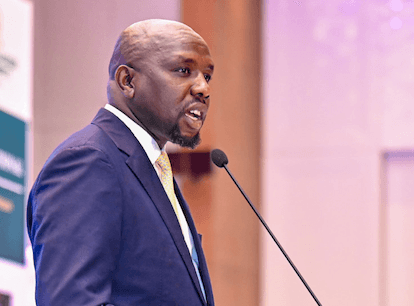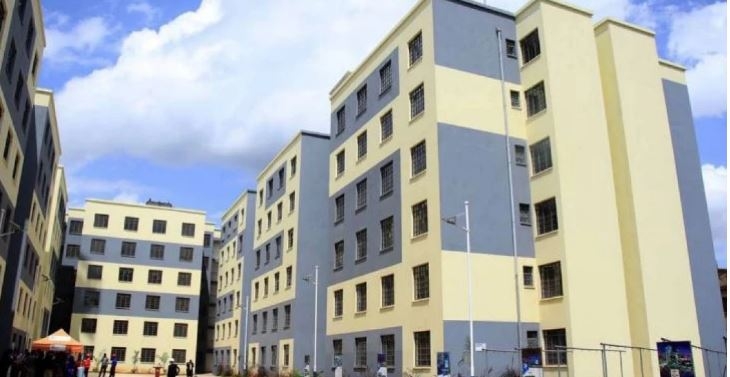

Growth momentum in Kenya’s private sector accelerated even further in April, according to Stanbic Bank Kenya’s Purchasing Managers’ Index (PMI), which rose to its highest level since January 2023.
This is attributed to strengthening customer demand, which led to the fastest rise in new work in over three years, prompting a solid expansion in output and steep growth in purchasing.
Job creation also quickened as firms looked to ease pressure on workloads.
Even though inflation ticked up amid rising demand pressures, it remained modest when compared with the survey's historical trend.
Government data shows that the cost of living rose to an eight-month high of 4.1 per cent, up from 3.6 per cent in March. It went up for the sixth straight month since November last year, after a record low of 2.7 per cent in October.
The headline PMI rose for the third month running to 52.0 in April, from 51.7 in March, and was at its highest level since the beginning of 2023.
Commenting on the growth, Christopher Legilisho, economist at Standard Bank, said that the Kenya PMIs for April reveal a private sector expanding robustly, and at the fastest pace in over two years.
“Overall, the April PMI implies a steady return to growth at the start of Q2: 25. Further, inflationary pressures remained muted. Despite an improvement in future expectations, sentiment remains among the weakest in the survey's history.”
All five sub-components helped to lift the headline index
from its previous reading.
New orders expanded at the fastest rate since February 2022, as Kenyan companies reported a sharp upturn in demand and additional sales from marketing.
Robust gains were observed across the services, agriculture and construction sectors, contrasting with lower sales in manufacturing and wholesale and retail.
As was the case in March, strong new business growth encouraged a solid expansion in overall activity during April.
Notably, just over a third of surveyed businesses (34 per cent) registered an increase in output, with some panelists also noting a positive impact from increased customer movement and subdued cost pressures.
In line with the new orders trend, purchases of inputs increased to the greatest degree since February 2022. Firms typically raised their input buying to meet rising workloads and boost their inventories.
Subsequently, stocks grew at a modest pace that was the
quickest since last October. Lead times continued to shorten, despite some reports
of weather-related delays.
Although the uplift in employment was relatively mild during April, it was still the strongest observed in nearly one year, as firms also sought to address workloads through greater staffing.
Anecdotal reports suggest that hiring was largely focused on temporary staff. With stocks and employment growing, capacity pressures remained relatively contained, leading to only a fractional rise in backlogs of work.
Meanwhile, the latest survey data signaled a modest increase
in input costs in April.
Purchase costs rose, as businesses highlighted some supply shortfalls and increased taxation, although most panelists reported no change from March.
Output prices rose at their fastest pace in three months, with manufacturers the most likely to report an uplift.
Finally, after reaching a record low in March, business expectations saw a slight recovery in April, although they remained among the weakest levels ever recorded.
Just five per cent of firms expect output to grow over the next 12 months.




















